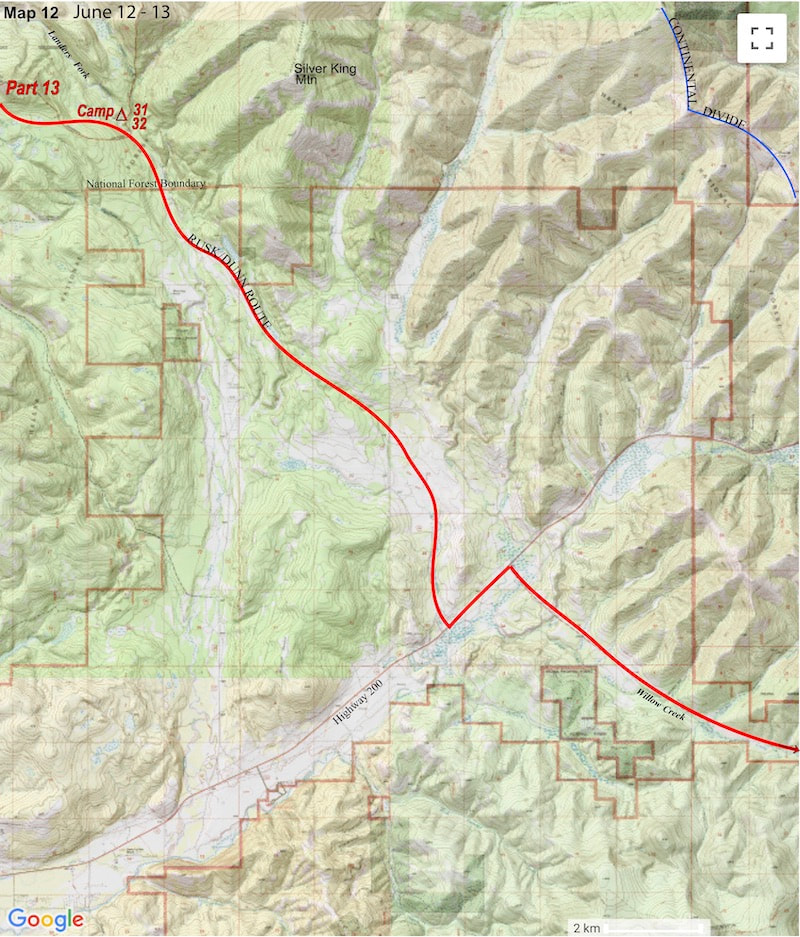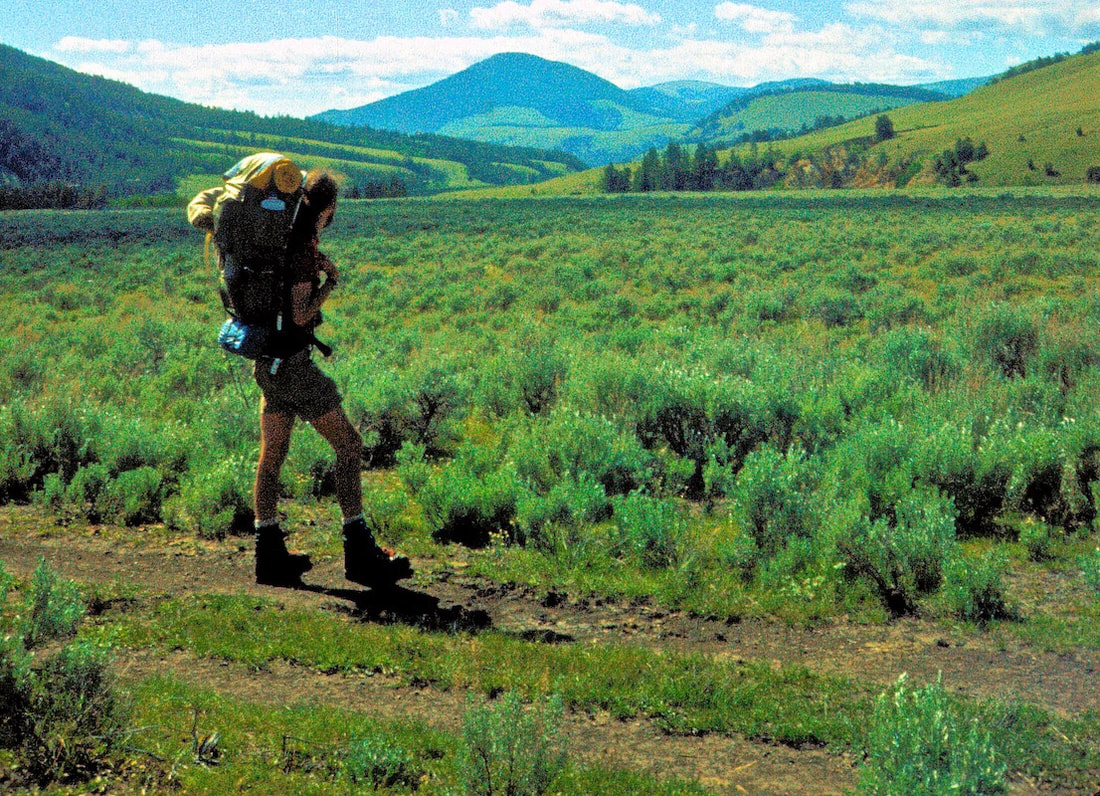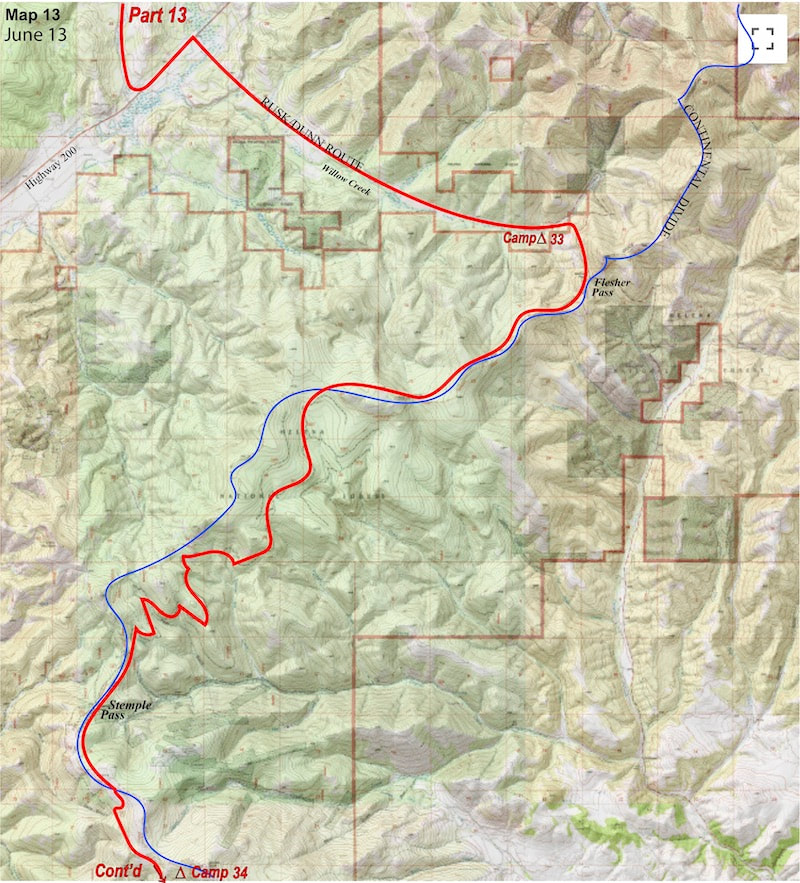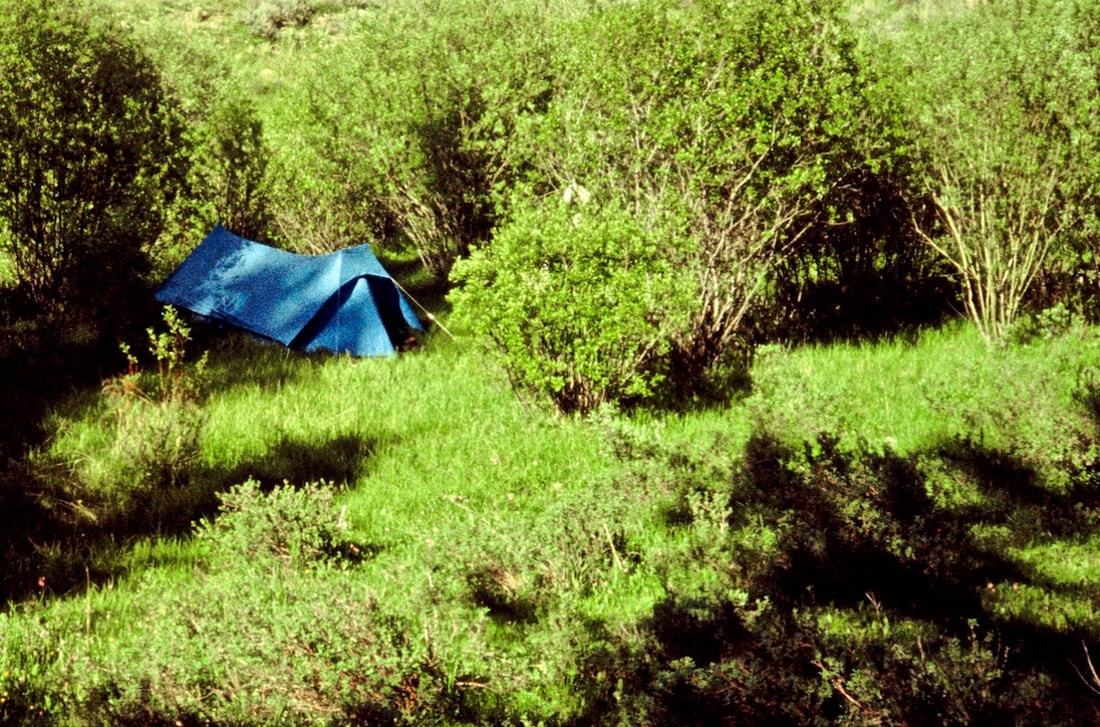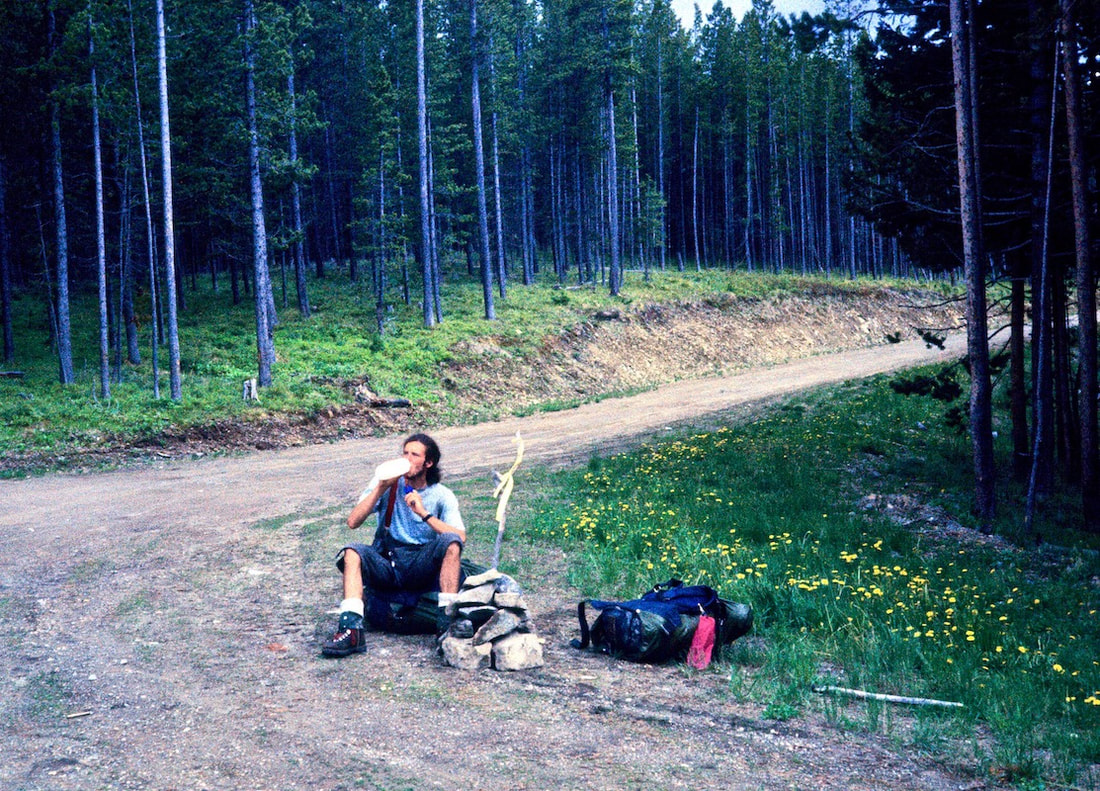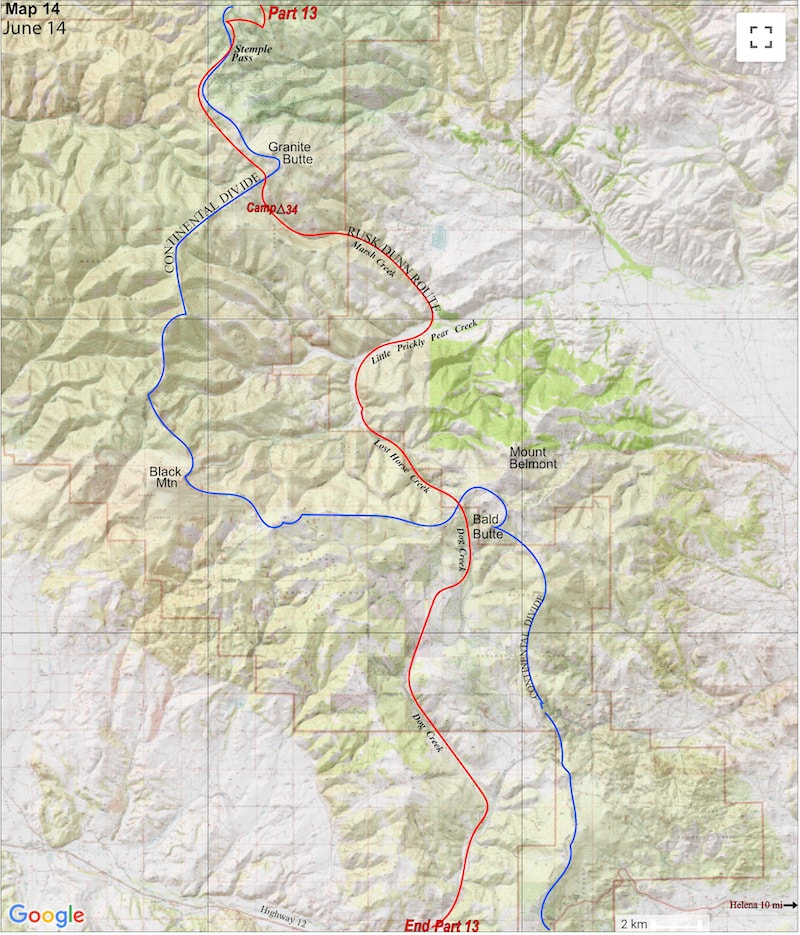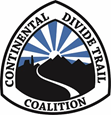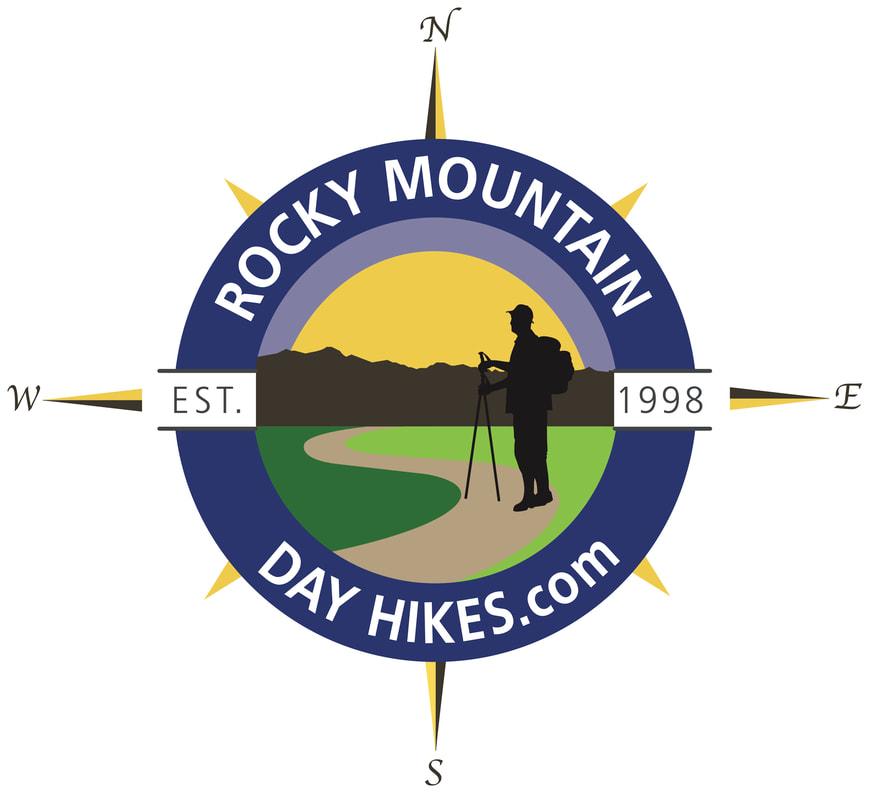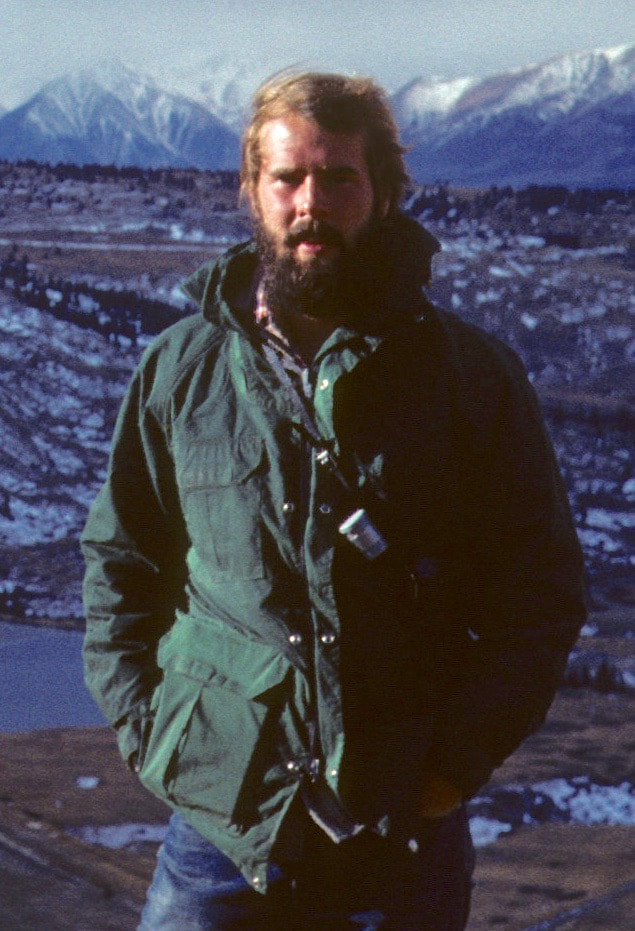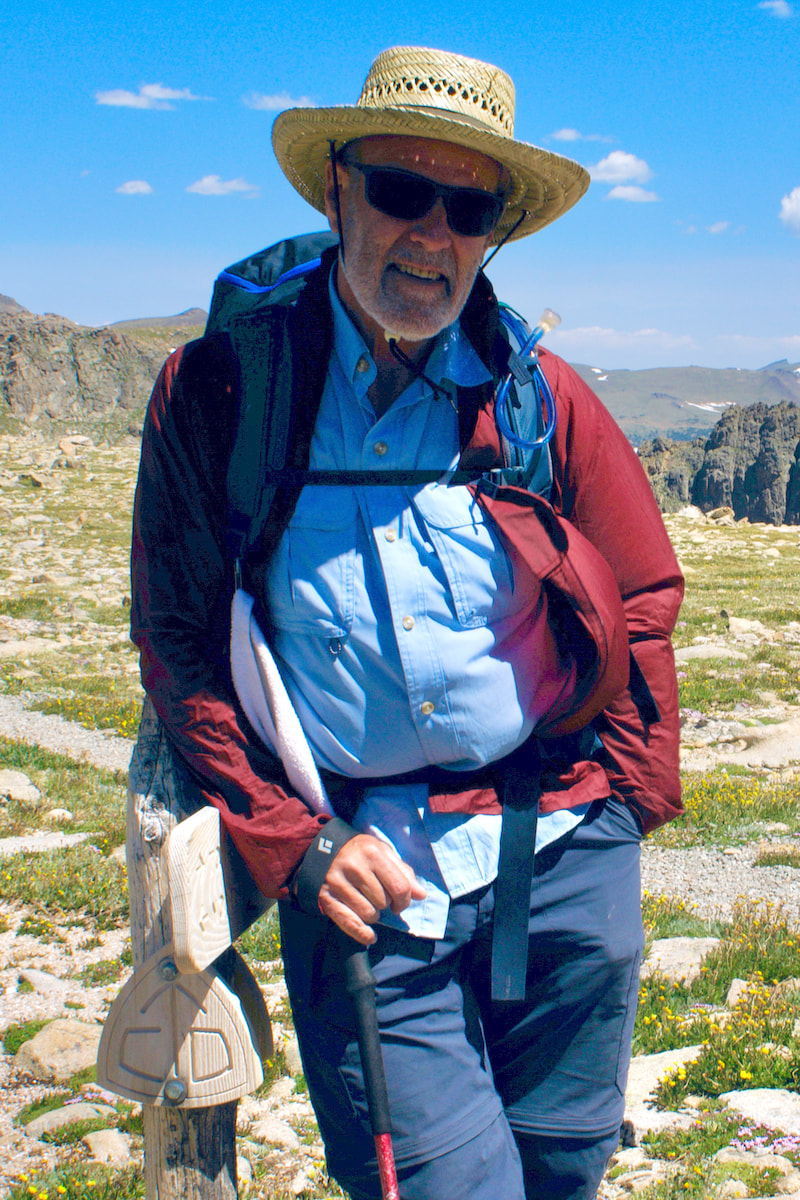The Continental
|
|
June 12 - 14 Bob Marshall Wilderness, Montana (Go to Pt 1) Set at the edge of an open and tidy forest, not 30 yards from the riverbank, was a huge Spruce tree whose lower limbs were a high reach off the ground and fanned out to umbrella a large area of clean, thick pine needles, more than enough room for our tent and a small but spacious front yard for cooking. We pitched the tent and made a half-assed attempt at cooking dinner but settled for overheated, undercooked, glop because we were just too tired and hungry to wait. I dozed off while eating this crud, that’s how tasty the food was and how ready I was to call it quits on the day. The next morning I was so sore and stiff it was all I could do just to get out of the tent and take a leak. The sun was out and it was another sparkling day, so we sprawled out in our enchanting, little front yard to make the usual, workday oatmeal for breakfast. After the oatmeal was finished we decided to fix some pancakes because Craig had found extra pancake mix in his food bag and nobody wanted to see that to go to waste.
The glen where we camped was bursting with wildflowers and all along the cobbled riverbank Columbine, vibrant Paintbrush and Wild Iris thrived in dense clusters and Beargrass fuzz intermingled with Fireweed to carpet the open meadow bordering up to the forest. From riverbank to forest, the Edenesque gardens created a stunning kaleidoscope of color and texture, shimmering as they reflected the sunlight and swaying in the slightest hint of breeze. The river ran full, not raucously so but coursed with a powerful, low-rumbling current that included the occasional, muffled sound of rocks, rolling along the river bottom. Sun filtered down through the overhead boughs and sparkled across the water to spotlight flowers and landscape arrangements of every design. As I was taking all this in from the ease of my packrest, I started to look at a short, thick stick, lying on the ground at the edge of our camp and began to see the head of a bird, an eagle’s beak, actually, in the way the broken end had splintered apart. So I went over, picked it up, sat back down, pulled out my trusty, twelve-tool Swiss Army knife and started to whittle. While Craig was in the thick of reading James Cavell’s ‘Shogun’, I happily whittled away the afternoon, hewing my branch into a bird, and by sundown I had a pretty decent carving which I later sent to my brother, Dave, for his birthday. The next morning dawned just as clear and serene as the previous one had and the desire to just blow-off another day was tempting; camping in such idyllic spots was not just one of the highlights of being on the Divide, it was part and parcel of why we were even out here, which invariably made packing-up slow and leaving an attitude gear-grinder getting back into hiking mode.
disappointed. The trail had become a 4W track and then dirt, unimproved road with all the impending signs of civilization. The road finally turned to gravel where it emptied out into an expansive, arid valley and by early afternoon we found ourselves standing along the pavement of route 200, considerably west of the Divide. That much we’d figured out.
area, so this would put us back on route. Unfortunately, this also meant finishing out the day with six, mind-numbing miles of road-warrior walking to reach camp along Willow Creek at the base of Flesher Pass.
0 Comments
Leave a Reply. |
Kip RuskIn 1977, Kip Rusk walked a route along the Continental Divide from Canada to Mexico. His nine month journey is one of the first, documented traverses of the US Continental Divide. Montana Part 1 - Glacier Ntl Pk Part 2 - May 11 Part 3 - May 15 Part 4 - May 19 Part 5 - May 21 Part 6 - May 24 Part 7 - May 26 Part 8 - June 2 Part 9 - June 5 Part 10 - June 7 Part 11 - June 8 Part 12 - June 11 Part 13 - June 12 Part 14 - June 15 Part 15 - June 19 Part 16 - June 23 Part 17 - June 25 Part 18 - June 27 Part 19 - June 30 Part 20 - July 5-6 Part 21 - July 7-8 Part 22 - July 9-10 Part 23 - July 11-15 Part 24 - July 17-18 Part 25 - July 18-19 Part 26 - July 19 Part 27 - July 20-21 Part 28 - July 22-23 Part 29 - July 24-26 Part 30 - July 26-30 Part 31 - July 31-Aug 1 Part 32 - Aug 1-4 Part 33 - Aug 4-6 Part 34 - Aug 6 Part 35 - Aug 7-9 Part 36 - Aug 9-10 Part 37 - Aug 10-13 Wyoming Part 38 - Aug 14 Part 39 - Aug 15-16 Part 40 - Aug 16-18 Part 41 - Aug 19-21 Part 42 - Aug 20-22 Part 43 - Aug 23-25 Part 44 - Aug 26-28 Part 45 - Aug 28-29 Part 46 - Aug 29-31 Part 47 - Sept 1-3 Part 48 - Sept 4-5 Part 49 - Sept 5-6 Part 50 - Sept 6-7 Part 51 - Sept 8-10 Part 52 - Sept 11-13 Part 53 - Sept 13-16 Part 54 - Sept 17-19 Part 55 --Sept 19-21 Part 56 Sept 21-23 Part 57 - Sept 23-25 Part 58 - Sept 26-26 Colorado Part 59 - Sept 26 Part 60 - Sept 30-Oct 3 Part 61 - Oct 3 Part 62 - Oct 4-6 Part 63 - Oct 6-7 Part 64 - Oct 8-10 Part 65 - Oct 10-12 Part 66 - Oct 11-13 Part 67 - Oct 13-15 Part 68 - Oct 15-19 Part 69 - Oct 21-23 Part 70 - Oct 23-28 Part 71 - Oct 27-Nov 3 Part 72 - Nov 3-5 Part 73 - Nov 6-8 Part 74 - Nov 9-17 Part 75 - Nov 19-20 Part 76 - Nov 21-26 Part 77 - Nov 26-30 Part 78 - Dec 1-3 New Mexico Part 79 - Dec 3-7 Part 80 - Dec 8-11 Part 81 - Dec 12-14 Part 82 - Dec 14-22 Part 83 - Dec 23-28 Part 84 - Dec 28-31 Part 85 - Dec 31-Jan2 Part 86 - Jan 2-6 Part 87 - Jan 6-12 Part 88 - Jan 12-13 Part 89 - Jan 13-16 Part 90 - Jan 16-17 Part 91 - Jan 17 End |
© Copyright 2025 Barefoot Publications, All Rights Reserved

